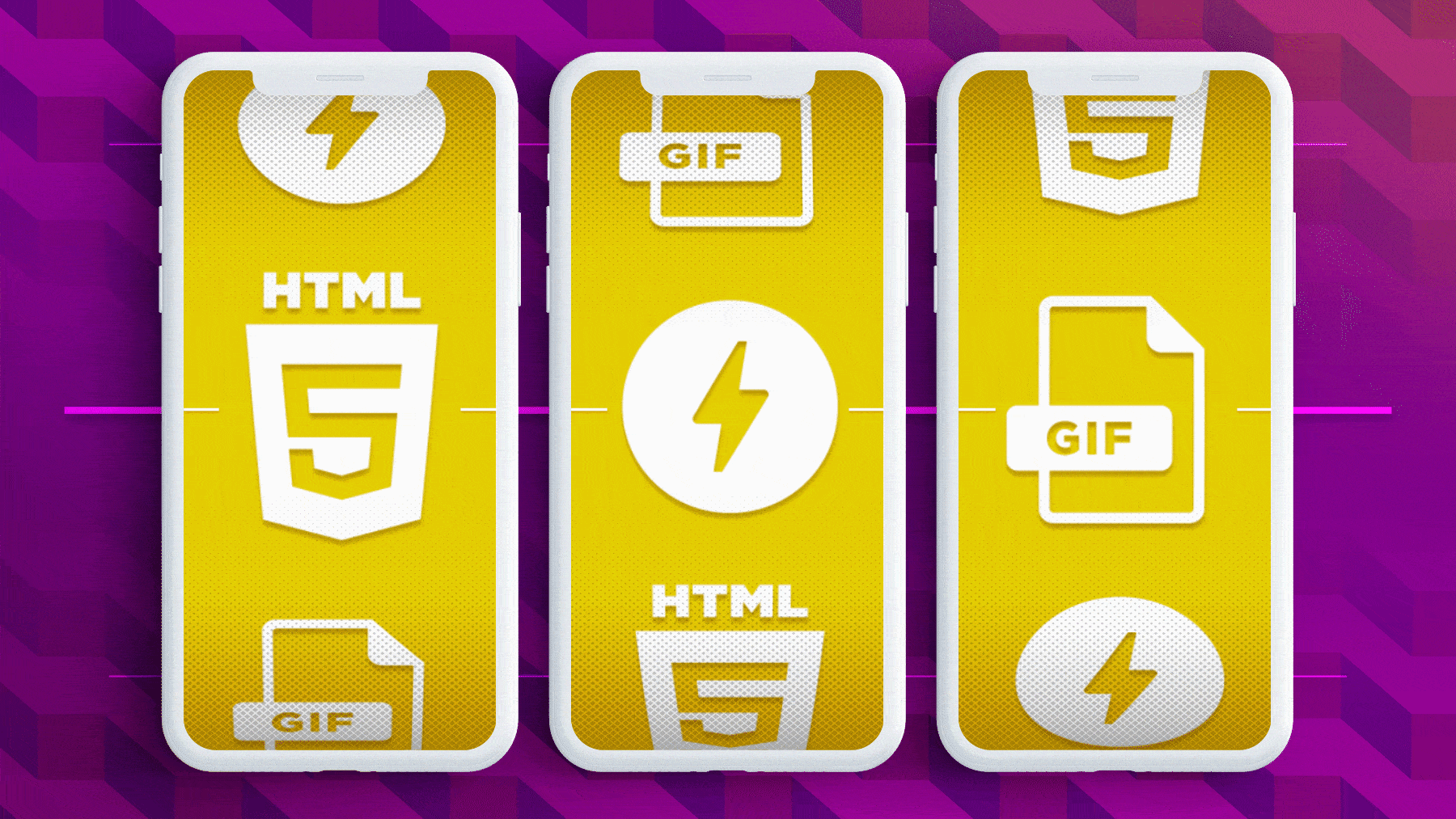
It’s an interesting time to live. We are on the verge of artificial intelligence and a majority of the population may as well be surgically joined to their smart phones and electronic devices. The humanistic charm of the past seems to be waning quickly. The struggle to stay relevant as a brand in a world of hashtags, emojis, and narcissism is a real one. And while it only seems to be endlessly focused on improving technology, people are beginning to crave one thing from brands—to be more human.
Social Media Engagement Has Changed
For decades, brands have gotten by talking at their audience, rather than with them. It’s no one’s fault, it’s just how advertising and marketing worked for a few decades. Consumers were receptive in the beginning because advertising was relatively new, and the opportunity to interact simply wasn’t there. Now, with the rise and reign of the digital age, consumers have the opportunity to be heard, and they expect brands to listen. They are entitled, they are bombarded with advertising on a daily basis and they share everything on their minds—including their opinions about, and experiences with, your brand.
The fact is, over the past couple decades, people have become out of touch with humanity, with communications nearly completely depending on the Internet.
Finally, something curious is happening. People are beginning to push back. They have gone to the edge of the technology terrain. They have immersed themselves in the digital hot springs, and they’re coming back from it with a bloodthirsty craving for human interaction.
Your Biggest Ally is Social Media Engagement
With the dawn of social media, things have gotten pretty muddled for brands. It’s harder to be heard than ever before because there is more content and more brands fighting for attention. But it’s also easier to engage and interact with your audience, as well. You have the opportunity to utilize a free platform and build trust quicker than you could have even 10 years ago.
In the snap of your fingers, you can share content and ideas across the globe. In that same snap, consumers can give you immediate feedback. How you implement and respond to this feedback can make or break everything.
And they don’t want automated replies—they expect personalized responses from a real person.
Be Human
Yes, technology and its many forms it may take in the future are here to stay, but, as you may have noticed, human interaction is coming back.
Your humanity can be an asset to your brand, setting you apart. People crave service from people like them, who understand their problems and their needs. They demand it.
Think about it. Every city has the small shops and restaurants that locals and visitors alike adore. And usually much of this adoration comes down to the human aspect. The service received at these mom and pop establishments and the lovely interactions with the people that own them get to the core of why brands need to be human.
As humans, we inherently trust humans. Not computers or technology. Let yourself have a little fun with your social media engagement, be personable and charming with your audience. If you’re being genuine and staying true to you and your brand, your message will resonate.
Do you think people like Taco Bell because of their amazing Mexican food? Probably not. They’ve successfully taken on a snarky, fun, outgoing brand personality that speaks and responds directly to consumers. They’re not a corporation, they’re a friend.
Your followers aren’t your target audience; they’re your comrades. Treat them like it.
Quick Response Strengthens Relationships
Yes, being human is rule #1, but quick response is close behind. With the Internet, everything happens in real-time, and that means consumers expect your response immediately. Generally, within an hour or only a few hours after their first point of contact.
It’s a lot to take in, and social media engagement is one of those beasts that evolve on a daily basis, but with a little focus, you can do it. Remember, humans run your brand—you are human. Let it show a little and you’ll see serious results.


